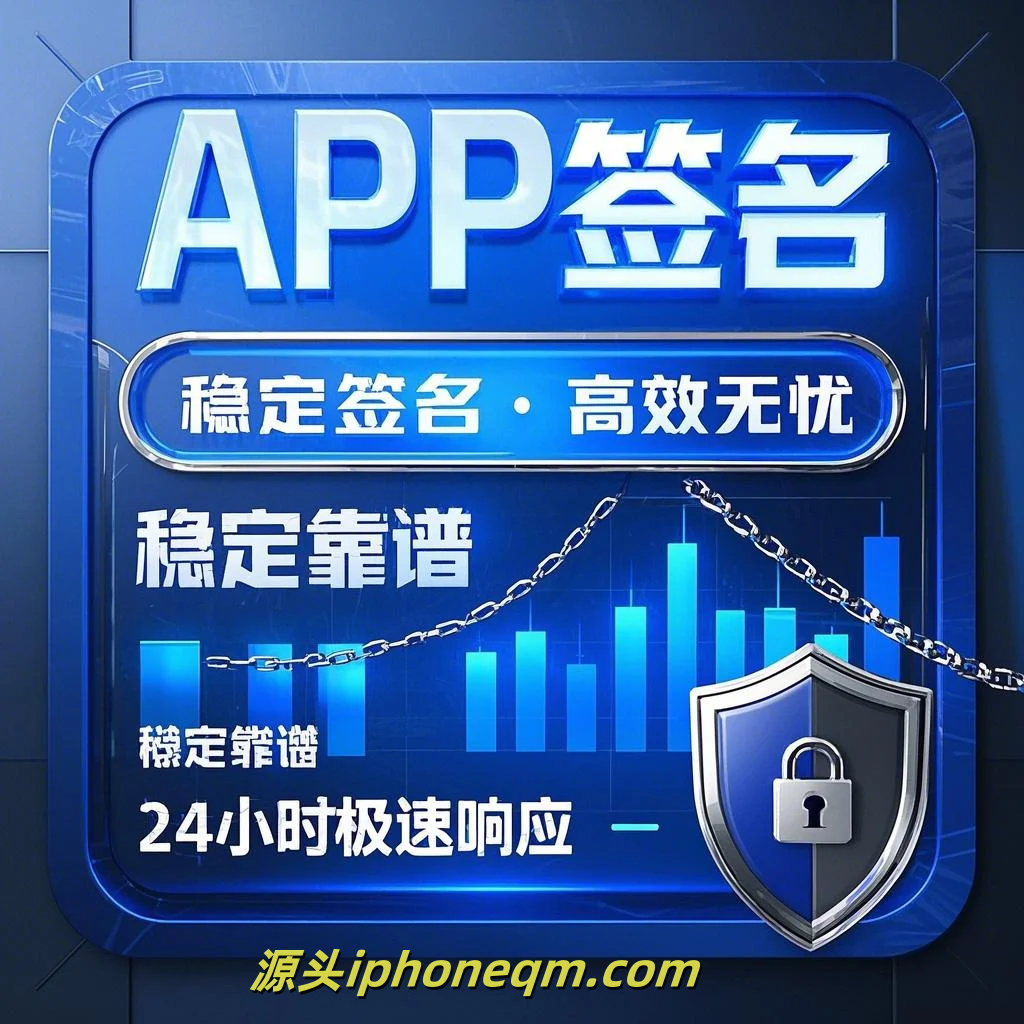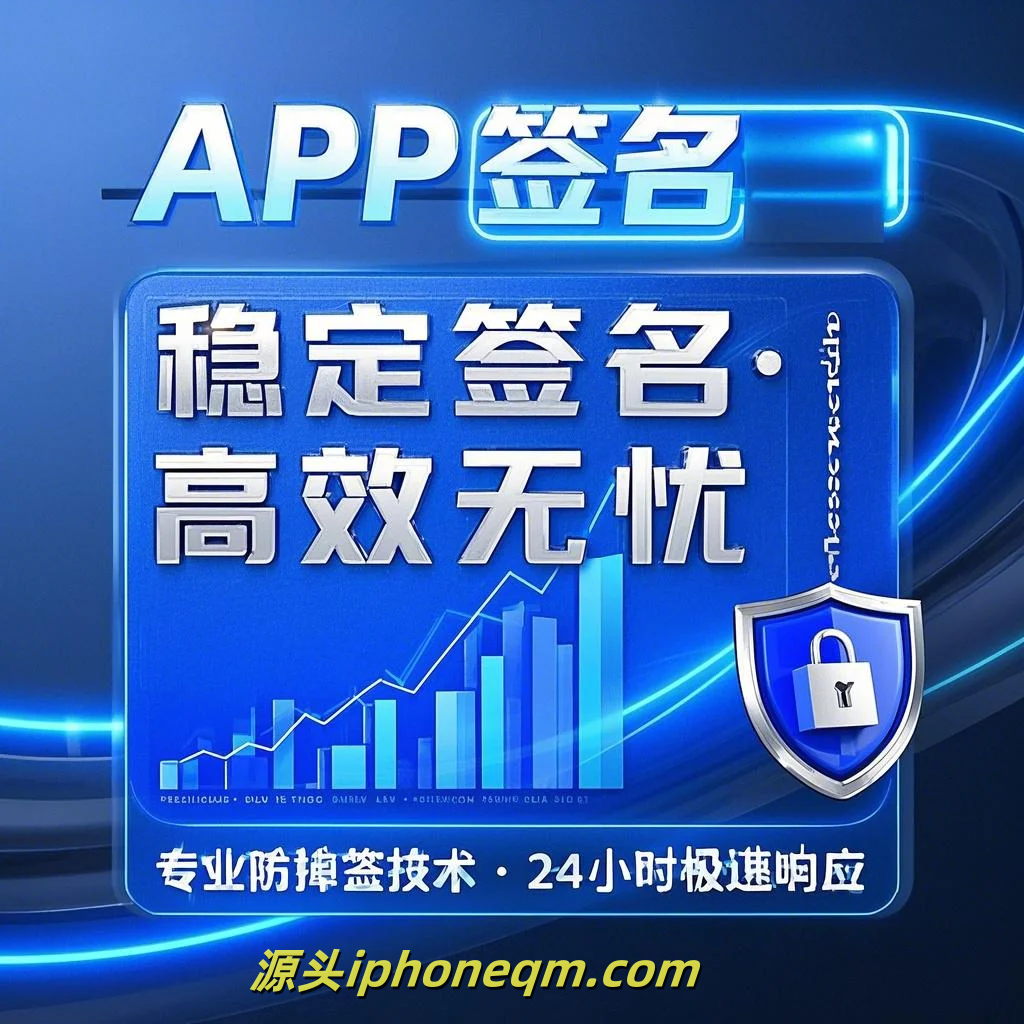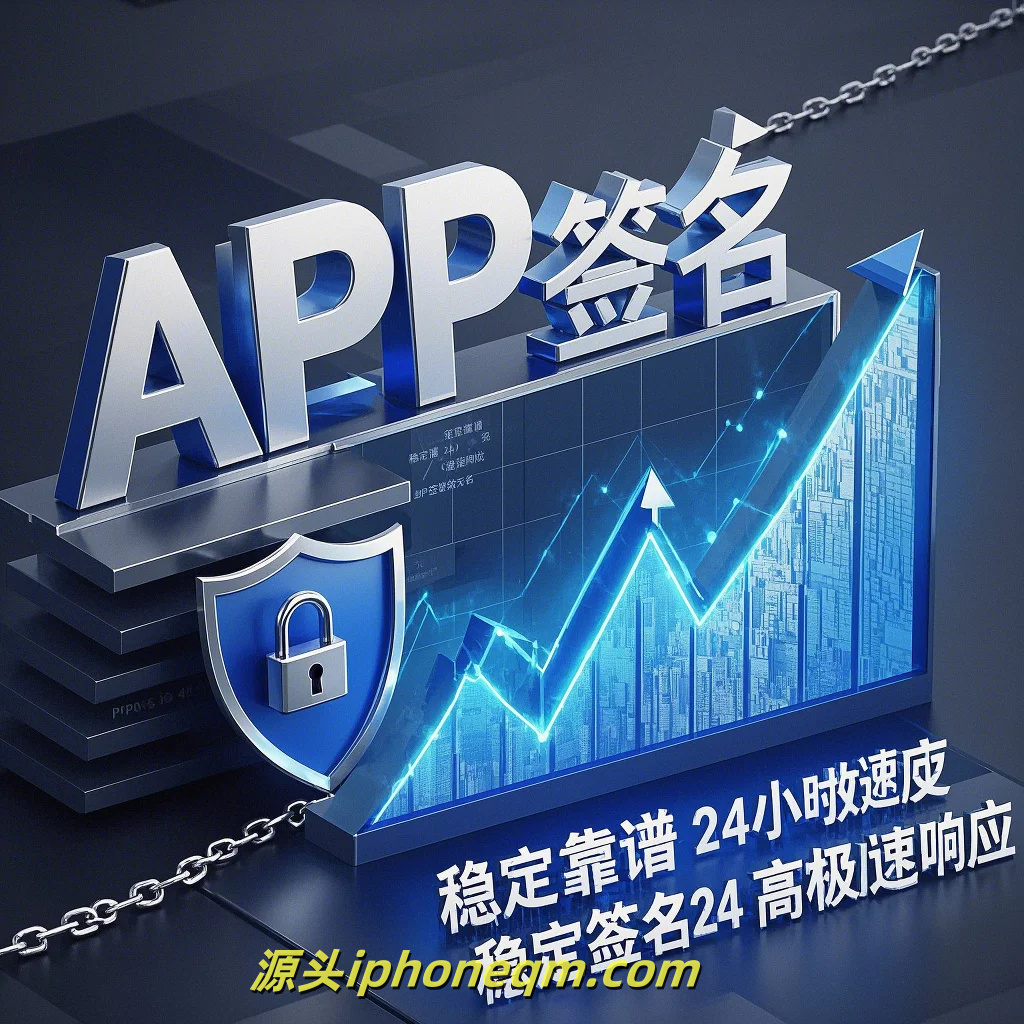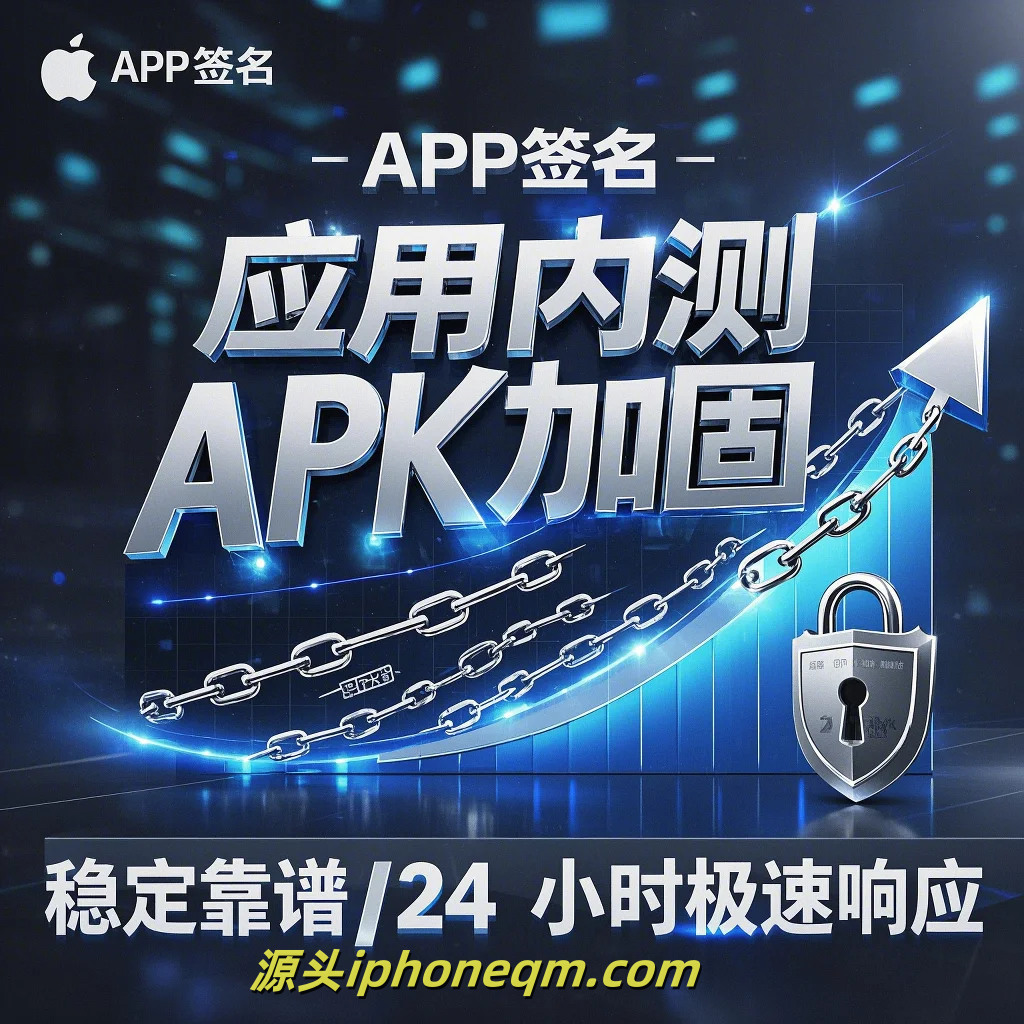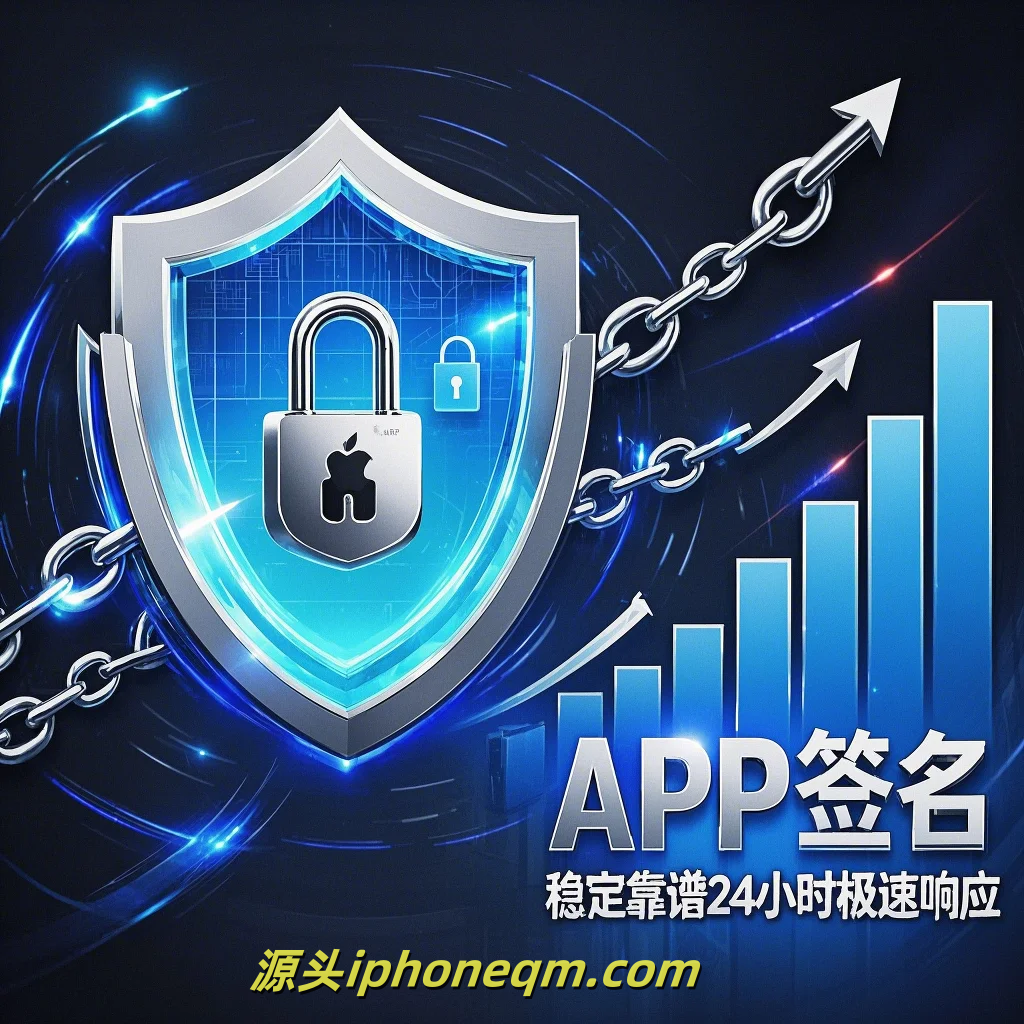How to Get Started with Your iOS Signing Journey

Are you new to the world of iOS app development and looking to distribute your apps? If so, understanding the iOS signing process is a crucial step you need to tackle. In this guide, we’ll break down the basics of iOS signing and provide you with a roadmap to get started on your own iOS signing journey.
First, let’s understand what iOS signing is. iOS app signing is the process of prepping your app for distribution by verifying that it has been accurately developed, conforms to Apple's guidelines, and is safe for users to install. To sign your app, you will need an Apple Developer account, which serves as your gateway to using Apple’s development tools and services.
To begin, you'll first need to enroll in the Apple Developer Program. This is an essential step that typically costs around $99 per year. Once enrolled, you will gain access to a variety of resources, including development tools, documentation, and the ability to publish apps on the App Store.
Next, set up your development environment. You'll want to download Xcode from the Mac App Store, as it’s Apple's official Integrated Development Environment (IDE) for iOS development. Xcode provides everything you need to create your app, including a user interface builder, a code editor, and debugging tools.
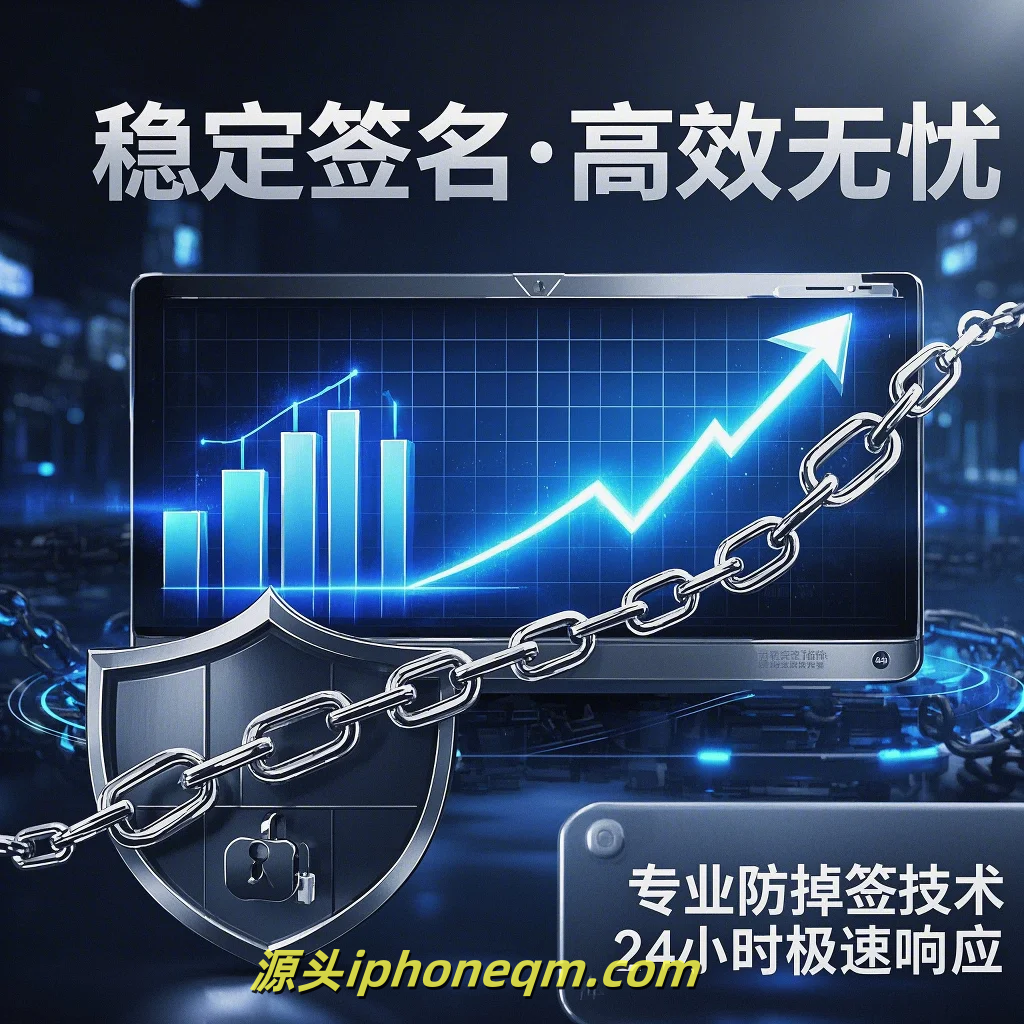
Once you have Xcode set up, it’s time to create your first iOS project. Familiarize yourself with Swift, Apple's programming language, which is essential for building iOS apps. There are plenty of resources online, including tutorials and documentation, that can help you get started with Swift and Xcode.
After building your app, the next step is to configure your signing settings in Xcode. Navigate to the project settings under the "Signing & Capabilities" tab. Here you will need to select your development team (your Apple ID associated with the developer account) and Xcode will automatically manage your signing certificates and provisioning profiles.
Provisioning profiles are critical as they determine how and where your app can be installed. There are two primary types: development profiles, which allow you to test your app on physical devices, and distribution profiles, which are used for App Store submission or Ad Hoc distribution. Get accustomed to creating and managing these profiles since they play a significant role in the signing process.
Don’t forget about certificates. You will need to generate a signing certificate through Xcode or the Apple Developer website. This digital certificate is your unique identifier and will be used to sign your app, ensuring that it can be trusted by users and the App Store.
With your app developed and signed, it’s time to test it! Testing is essential to catch any bugs and ensure that your app runs smoothly on different devices and screen sizes. You can run the app in the Xcode simulator or on physical devices linked to your Apple Developer account.
Finally, when you’re happy with the functionality and design of your app, you're ready to submit it to the App Store. Use the App Store Connect platform to upload your signed build, fill out the necessary metadata, and submit it for review. Be patient, as the review process can take some time, but once approved, your app can be available for users around the globe.
In summary, starting your iOS signing journey involves enrolling in the Apple Developer Program, setting up Xcode, creating your app, properly configuring signing settings, managing certificates and provisioning profiles, and finally, distributing your app. With patience and practice, you’ll be well on your way to becoming a proficient iOS developer. Embrace the learning process, and you'll find joy in the world of iOS app creation. Happy coding!
扫描二维码推送至手机访问。
版权声明:本文由MDM苹果签名,IPA签名,苹果企业签名,苹果超级签,ios企业签名,iphoneqm.com发布,如需转载请注明出处。

